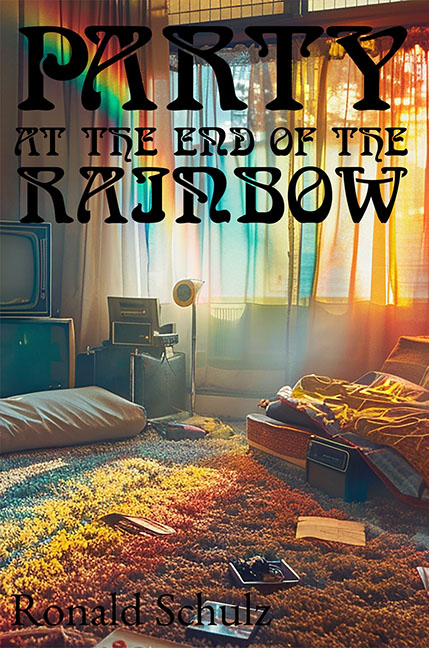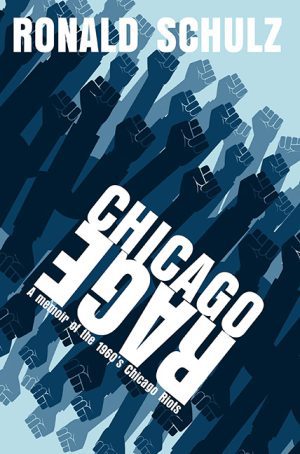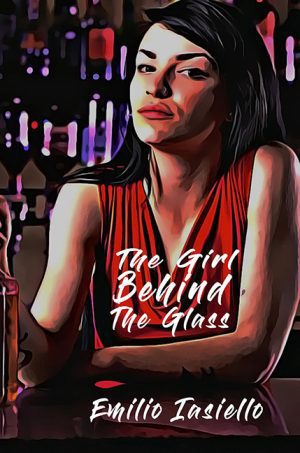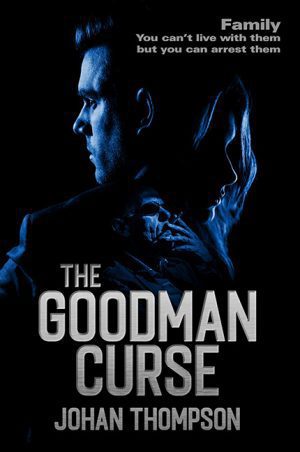Description
Where protest meets passion, and every party is a revolution.
Party at the End of the Rainbow picks up Ronald J. Schulz’s counterculture memoirs as the youthful idealism of the late 1960s collides with the harsh realities of the early 1970s. Fresh from the “Days of Rage” and facing probation, Schulz navigates the perilous landscape of underground politics, psychedelic awakenings, and the relentless pull of rebellion.
From rallies and walkouts to underground meetings filled with infiltrators and paranoia, Schulz reveals the intoxicating mix of idealism and danger that defined the revolutionary left. Alongside it all runs the heartbeat of the era: the music festivals, the psychedelic experiments, the friendships and fleeting romances that shaped a generation searching for a new way of living.
Highlights include:
- A firsthand view of the Kent State shootings and their seismic impact on student activism.
- Raw accounts of infiltration, betrayal, and paranoia within radical groups.
- Psychedelic journeys and spiritual awakenings that fueled the counterculture’s vision.
- Vivid depictions of rock festivals, communal living, and the fragile pursuit of free love.
- A voice both furious and vulnerable, capturing the contradictions of revolution and survival.
Gritty, electric, and deeply human, Party at the End of the Rainbow is both memoir and cultural history—a chronicle of how one young man lived through the highs and lows of America’s most turbulent decade, chasing freedom at the edge of chaos.
Written by Ronald Schulz




daowen –
Reviewed by Zahid Sheikh for Readers’ Favorite
The Party at the End of the Rainbow by Ronald Schulz provides readers with an impressive depiction of the countercultural movements that occurred between the late 1960s and early 1970s via the experiences of a young man who lived through the radical politics, the music festivals, and the activism of that era. It is an account narrated by someone who was part of most of the defining events in American history of the last century, such as the Vietnam War protests, the Civil Rights movement, and the youth revolutionary movement. The narrative combines chronological memories and events in the development of society to highlight the aspirations of a generation that was ready to risk everything for social change. Amidst the chaos, the author seeks meaning and purpose, and the account provides a close-up view of the excitement and disappointment that defined the counterculture.
Ronald Schulz’s writing is raw and authentic, filled with the energy and rebellious spirit of the time. The narrative encompasses major events from the Weatherman riots to the anti-war demonstrations and the people’s side of these campaigns. It moves slowly, often directing attention toward the author’s internal struggle, but also strikes out to capture the whirling movements of united passion and brutality of protests, violence with the police, and the ups and downs of living the life of an activist. The characters are identifiable, especially the author, who represents the feelings of a young revolutionary. Idealism, activism, and identity crisis themes are dealt with in more tactful and sophisticated ways, which makes The Party at the End of the Rainbow an absorbing and thought-provoking book that anyone interested in the cultural revolutions of the 20th century will appreciate.